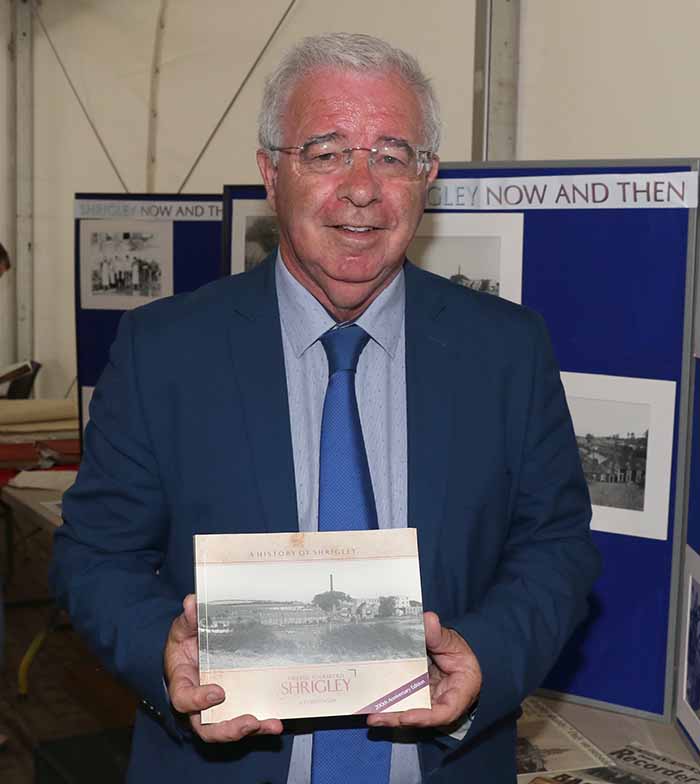Get A Copy Of The Updated Version Of Farewell To Dear Old Shrigley
The extraordinary story of the County Down village with the unusual name of ‘old Shrigley’, where every street is empty and every house has been knocked down, has found its way across the world.
The village of Shrigley has been celebrating its unique 200 year history throughout this year, and a history published to coincide with the bi-centenary has been picked up across the globe.
Copies of an updated and revised history of the village, Farewell to Dear Old Shrigley, have found their way across the UK and as far away as Spain, Australia and the USA.
And there has been a strong interest among the Jewish community across the world, learning the story of how Jewish families saved Shrigley at the start of the Second World War.
The official history was published to coincide with this year’s 200th anniversary of the foundation of the former mill village.
The book has been written by journalist Chris Hagan, who has family links dating back five generations to the start of the village.

Chris said: “We are very pleased with the uptake with people acquiring the book as a Christmas present for those who have a connection to Shrigley village or the tannery.”
The story of how Jewish families, escaping from Hitler’s purge in Europe, sought sanctuary in Shrigley, and brought with them work for villagers in the tannery at the height of the 1930’s great depression, is largely unknown outside the immediate area.
But based on secret files even more about the period is now revealed. The new edition draws on many new sources particularly files, previously closed and sealed, that have been opened at the Public Record Office of Northern Ireland.
“They were fleeing Hitler’s murderous purge of the Jews in Europe and sought sanctuary in Shrigley. They brought with them work for villagers by establishing a leather tannery at the height of the 1930’s great depression,” added Chris.
“Some of the members of the Jewish families did not make it to safety and perished in the Holocaust, while the families who made it tried to save their brothers and sons by sending money from Shrigley to help them to safety.”
The book also tells the story of how Shrigley was bulldozed, knocking down every one of the original houses and shops.
In 1966 diggers first moved in to begin building a new village on the opposite hill and, at the same time, start knocking down the beautiful blue stone houses that had been developed around the mill gates after it was established by John Martin in 1824.
“Many people are astonished to learn there once was a model village with its streets of beautifully constructed and maintained houses in Shrigley. Much of the rubble of it lies under the green in front of the Martin clock tower.
“All the street names are gone… Main Street, Bank Row, Model Row, River Row, Field Row, Short Row.”
The book reveals how John Martin developed the village alongside one of the biggest linen mills in the British Isles. It also traces how the first children’s hospital in Ireland was built and endowed by the Shrigley linen lord.
The book also records some of the unique street songs of Shrigley, right up to Van Morrison’s musical tribute to the village.
Copies of the book are available from Beth Barrett’s shop in Cross Street or Killyleagh or details are on the Old Shrigley Facebook Page.

























